Thu, 06 Nov 2014 . Last updated Fri, 08 May 2015 17:20
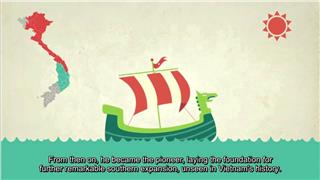
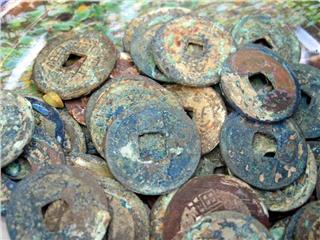
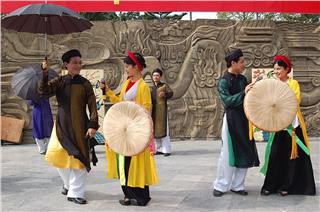
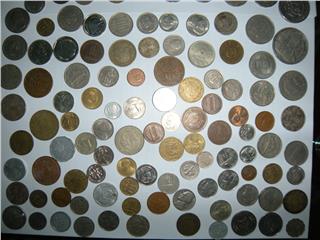
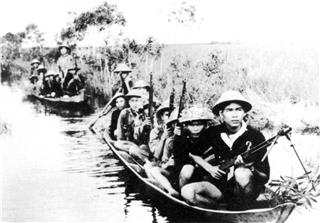
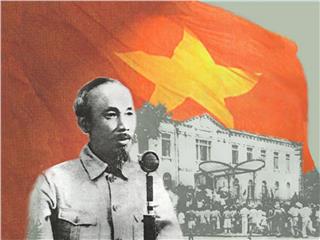
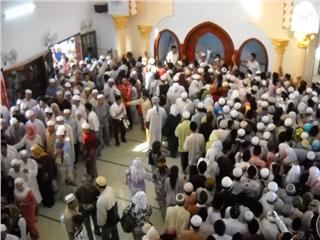
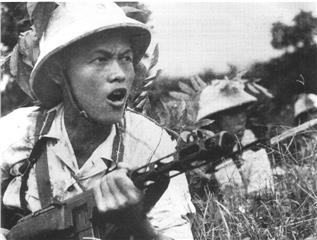
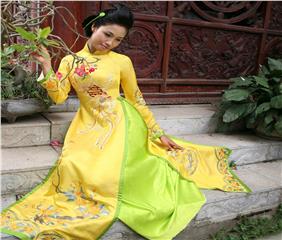
The locals celebrate the Goddess Thu Bon festival, including a procession on the 11th and 12th days of lunar March every year. The procession is rich in values and show off clearly interactions between Vietnamese and Cham cultures, specifically the Goddess Worship. For example, the master of rituals wears traditional costumes that carry many features of Vietnamese clothing, while the procession bears traditional features of Cham culture. As part of the ceremonial part, the traditional water procession and other important rituals are conducted in the middle of the village. The cow is the holy animal of the festival. It is said that the Goddess used to turn herself into a cow to give help to the villagers. The villagers had an extremely bad harvest that year. That’s why they decided to celebrate the festival in a simple way.
Amazingly, a cow appeared in front of the communal house. The cow has a string of 3,000 coins hanging on its horns. After they took coins, the cow moved towards the My Son Sanctuary. The festival part gets exciting with many activities like “bai choi” singing contest and cooking contest featuring many local specialties, especially Quang noodle. The rowing race features teams from districts along the Thu Bon River like Dien Ban, Duy Xuyen, Dai Loc and Que Son, attracts a large number of viewers and create an electric atmosphere.
From the rivers and estuaries, they sailed the boat to the sea and set up the busiest sea trade route of times. Precious vestiges of Hoi An seaport are now kept at the Museum of Trading Ceramics, No.80 Tran Phu street, Hoi An city. The museum preserves over 430 objects dating from the 8th to the 18th centuries and originating from the Middle East, China, Japan, Thailand and Vietnam. On display at the museum are ceramic pieces found in Hoi An, which prove that a sea trade route passed through this area in the previous centuries when the Hoi An seaport was still a bustling trade centre for merchant vessels from the Orient and the West, from Asia and Europe. Under the influence of Hinduism, Cham people consider the mountain as father and the river as mother. Therefore, Cham and Vietnamese people living along estuaries in the Central region worship Goddesses. Myths and legends of Goddesses have been told up to now.
The Thu Bon River, which winds its way through Hoi An city, Quang Nam, has taken up a very important position in life of Cham people since the 4th century. It was the main way to transport goods from highlands to lowlands and coastal areas. It played a significant role in the waterway trade network of the principle of Amaravati. It was also called a “salt route” because many salt making villages were located along it. In ancient Cham language, the river was called Mahadani, which means “holy river”, symbolizing Ganga, Shiva’s wife. She is the Goddess of the river Ganges (in India), a holy river that wipes out people’s sins and saves them from sufferings.
Through interactions with Hindu culture and Goddess Worship, Cham people got Ganga linked to the Thu Bon River, their holy river. Another legend of the Goddess of the river had it that Goddess Thu Bon was known as Lady Bo Bo, a general in the Le dynasty. While being chased by the enemy, she fell from her horse in Thu Bon village because her hair wound around the horse’s legs. Then she was killed. Kings of the Nguyen dynasty conferred the title “Supreme Goddess” on her. In this way, mysterious but beautiful legends of the Mother Goddess of the Kingdom have been told for good and she has always been a symbol of beauty and desire for peace. With geographical significance, the Thu Bon river has been identified with the Mother Goddess of the Kingdom who took great care of the material and spiritual life of local people. The river never runs dry. People never stop putting their trust in Goddesses. It is true to Cham people who believe that their Goddesses stay with them for good and protect them.
Going back in time, we visit the mysterious My Son sanctuary in a valley in Duy Phu commune, Duy Xuyen district, Quang Nam province. The cluster of Cham towers were built in the 4th century. Thousands of years have gone by. Through many ups and downs, this ancient beauty has never fallen into oblivion. And the beauty of Goddesses has been engraved deeply in our heart and mind. The earliest stele of Cham people says that the Goddess Worship was first practiced in the 4th century. This large sandstone picture found in the My Son sanctuary depicts Goddess Durga and her family. Through carving strokes, we can feel her majesty, power and appeal when she is defeating Satan. Goddess Durga is a symbol a victory of the good over the evil.
According to researchers, the Cham Goddess Worship strictly follows the yin-yang philosophy, in which Goddesses play a very important role in their spiritual life. Under the great influence of Hinduism and Brahmanism, most of the Goddesses were named after characters in Indian legends and epics like Ganga, Uma, Durga and Devi. Some sculptures of the Goddesses of great cultural and historical significance are now kept at the Da Nang Museum of Cham sculpture, such as Tara Bodhisattva and Yangnaitri (Apsara) dancers that have gentle and pure beauty.
Remarkably, under the influence of Hinduism, the statues of Goddesses have female faces and embrace the cult of fecundity. This stone altar pedestal is now on display at the Da Nang Museum of Cham Sculpture. When it comes to Cham Goddess Worship, we cannot but mention a Goddess who is considered as the Supreme Goddess. Cham people attach much importance to the Mother Goddess Worship. They honor Goddess Thien Y Ana as Holy Mother of the Kingdom. She is Goddess Po Inu Nagar.
She was sent to the Earth to create the world. She taught humans to grow crops and weave fabric. She invented the Champa flower and aloeswood. She incarnated cloud in the sky and sponge in the sea. She traveled everywhere and ruled the whole Kingdom. She was the Holy Mother of the Mothers of Champa Kingdom. Built in 784 AD, the complex of Po Inu Nagar towers now stays imposing in Nha Trang, Khanh Hoa. The Po Nagar Festival is celebrated annually during the 21st – 23rd days of lunar March to welcome those who turn their mind towards the Holy Mother and want to pay tribute to her.
It can be said that the Goddess Worship of Cham people bears many striking features. Over the past centuries, this practice has experienced interactions with Vietnamese culture. Most typical interactions between the Goddess Worship of Cham people and that of Vietnamese people are found in Goddess Khue Trung temple. According to a stele inscribed with ancient Cham and Sanskrit characters in 899 AD preserved at the Da Nang Museum of Cham sculpture, earlier, in the place where nowadays Goddess Khue Trung temple in Cam Le district, Da Nang city, stands, there were an ancient Cham well and a temple. Some Cham sculptures were combined with structures of the Vietnamese to make a place of worship for Goddess Khue Trung.
Taking a closer look, we can recognize similarities in the clothing of the Goddess and traditional costumes of Vietnamese Goddesses like the mandarin’s bonnet which looks graceful with diverse colors and decorative patterns. After a long period of time of socio-economic and cultural exchange between Vietnamese and Cham people, Goddesses have been honored in a diverse manner while keeping striking features of Vietnamese and Cham cultures. Every story, legend and myth of Cham Goddess leaves a lasting impression. The Goddesses stay unaffected by time in the land of wind and sand, and contribute to enriching identity of Vietnamese culture.
Source: VTC10 – NETVIET

 Đặt vé máy bay cho người Việt?
Bấm vào đây
Đặt vé máy bay cho người Việt?
Bấm vào đây
Our service uses cookies for technical, analytical and marketing purposes. See our Cookie và Privacy policies for more information. If you agree to this, just keep browsing.


